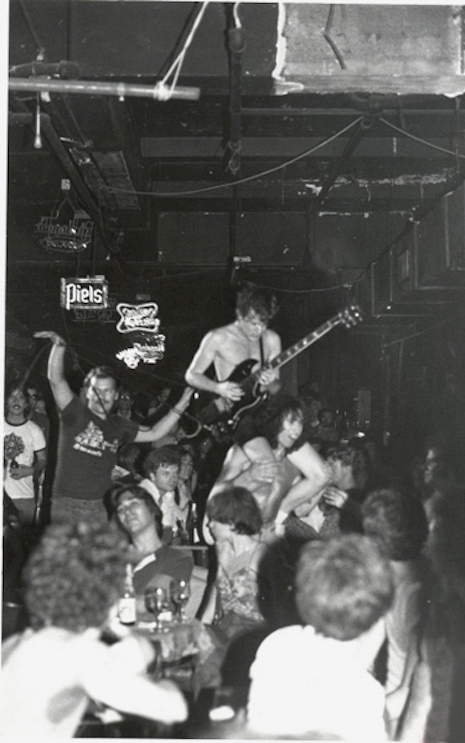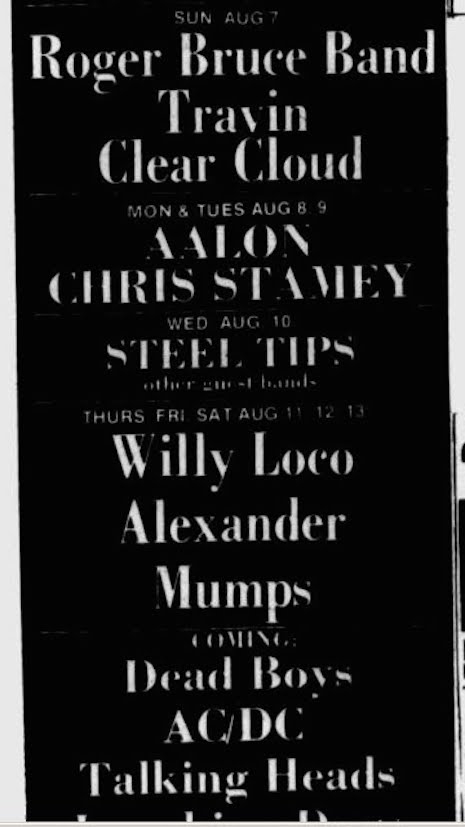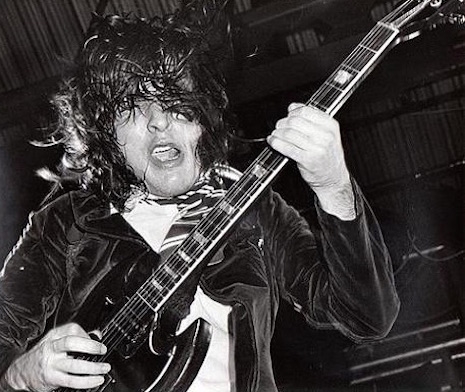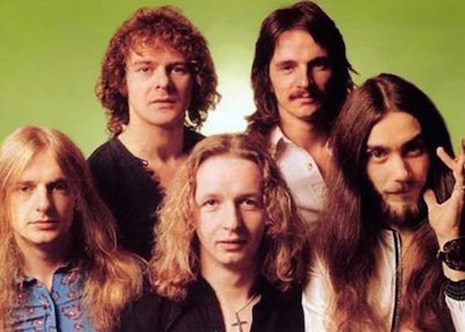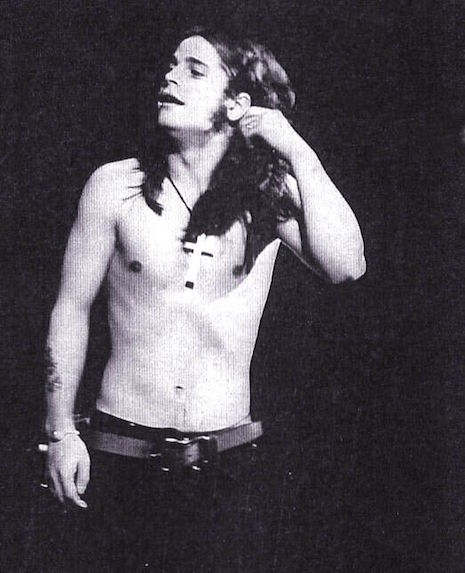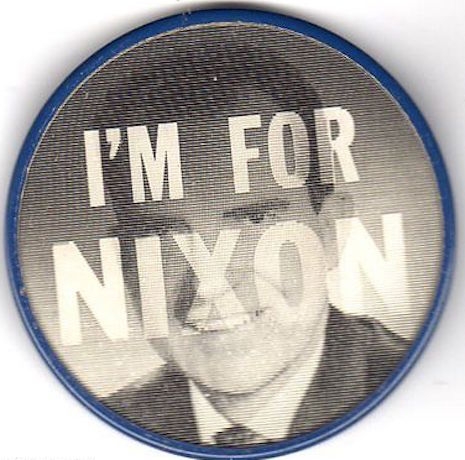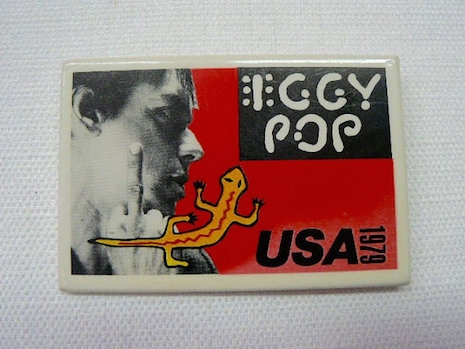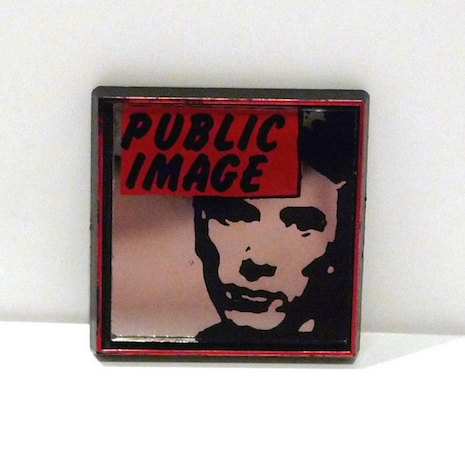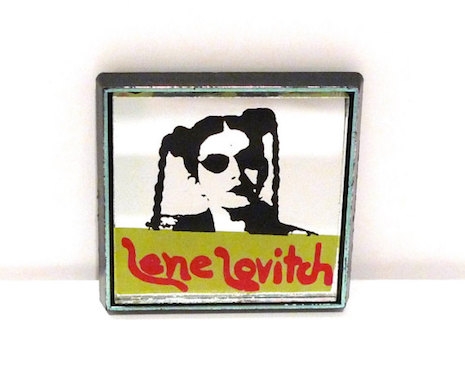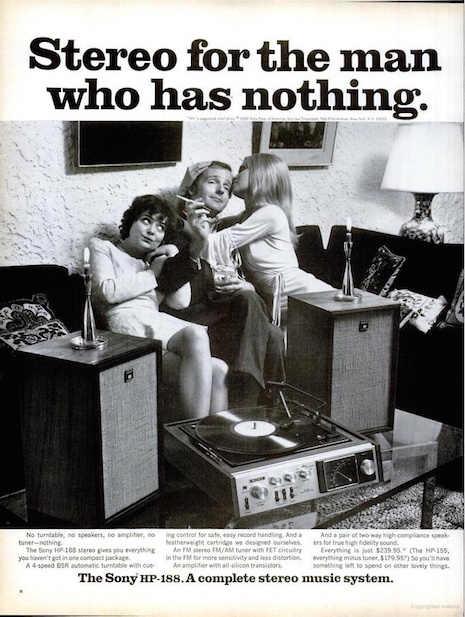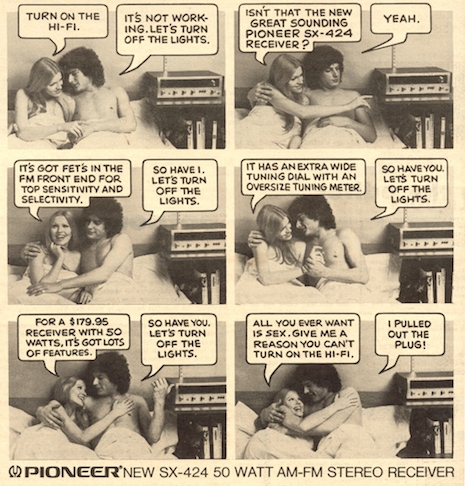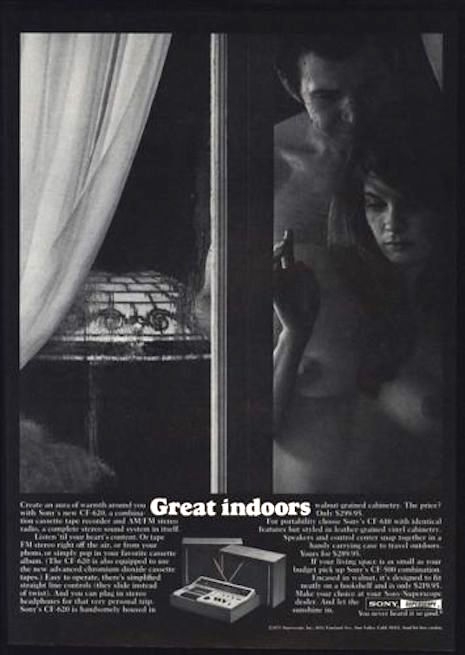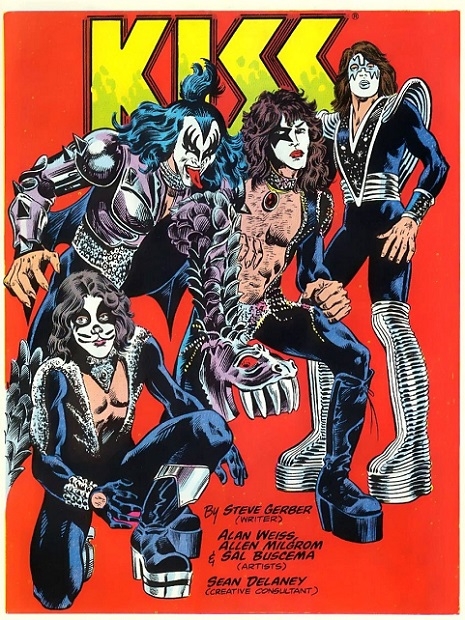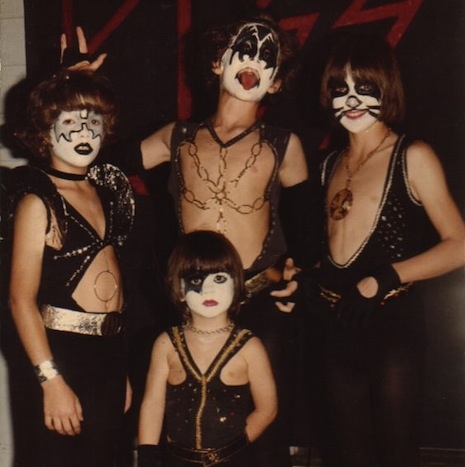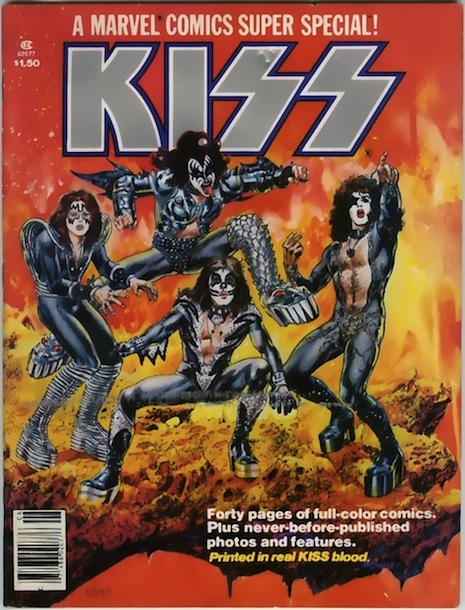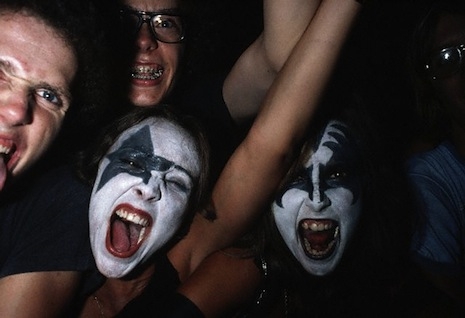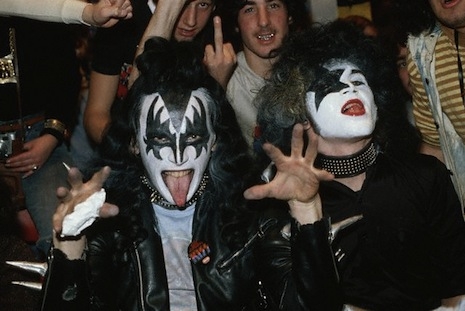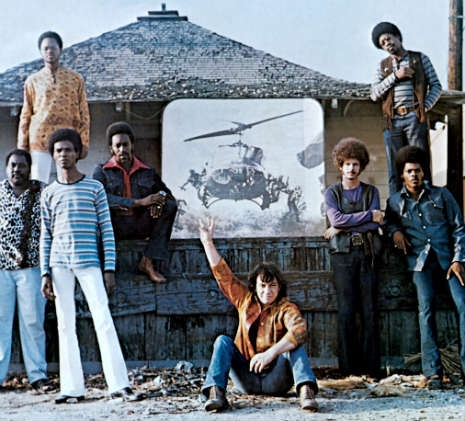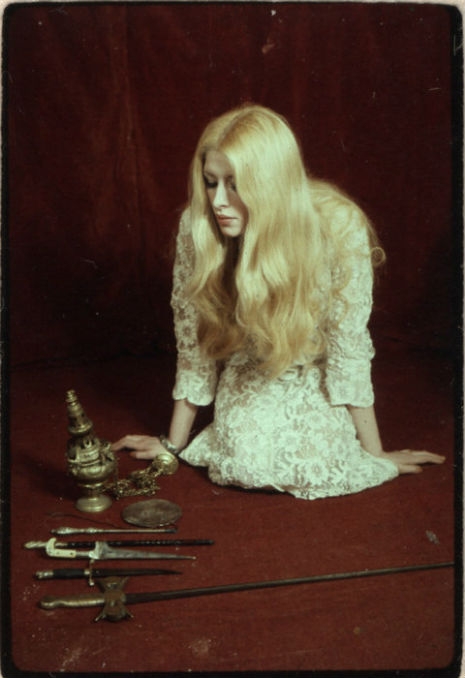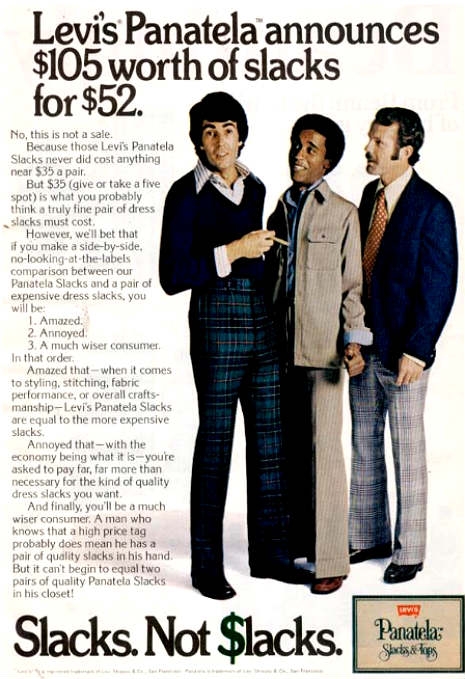
“Policewoman - Gay City” an adult themed comic from Italy, 1970s/1980s
I love to blog about topics that are popular with the crowd on the wrong side of the tracks, and the unsettling, strange and straight up bizarre covers of the following vintage Italian comics that you are about to see, fall into that very category.
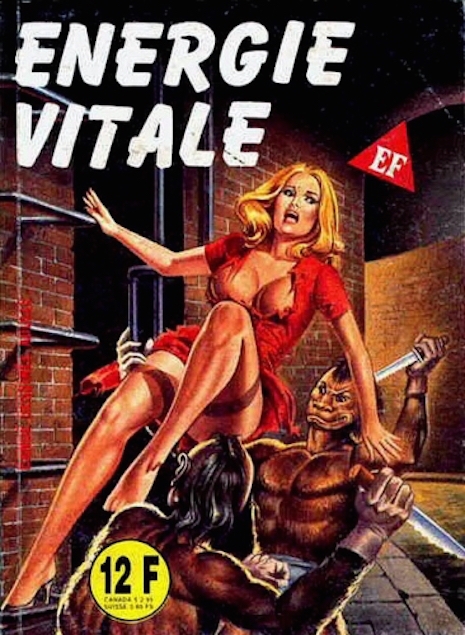
“Vital Energy” the cover of an adult Italian comic from the 1970s/1980s
According to the book, Drawn and Dangerous: Italian Comics of the 1970s and 1980s, adult-themed Italian comics comics began to find their way to France, where they were translated and published starting in the very early 70s, which, before I’m schooled by our astute readers that some of the covers pictured here are not written in Italian, explains why some of the magazines in this post are in French.
Known in Italy as “fumetto” or its plural “fumetti,” the grown-up comics generally featured scantily-clad women being subjected to all kinds of manhandling and mayhem. Such as sexual assaults by super-buff men with monkey heads (and other horny man/animal hybrids), bad guys with bestiality issues, as well as a little good-old-fashioned BDSM. In other words, anything goes as long as it involves a hot chick with large breasts, in some sort of sexy peril. That said, please assume that all of what follows is strictly NSFW.

“The Razor’s Edge”
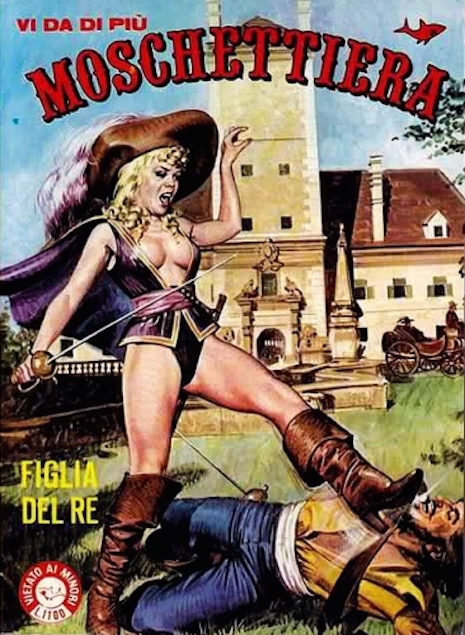
“Musketeer” (printed in Italian)









